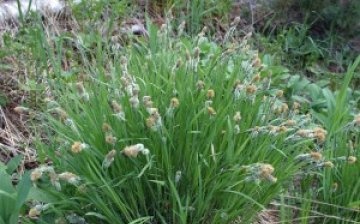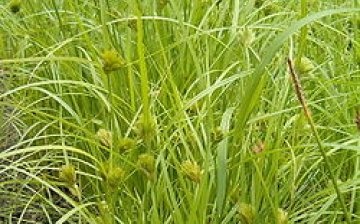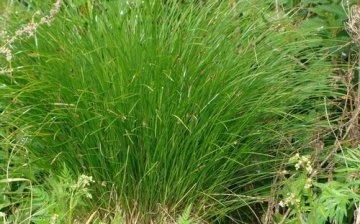Bloated sedge and other members of this genus on your lawn
Due to the fact that sedges choose moist and swampy soils for themselves, they are assigned approximately the same places on the garden plot. Some will be surprised at why to grow sedge on their own, because they usually consider it a weed and try to get rid of it. Imagine some of its species (swollen sedge, for example) can become a worthy decoration of your site.
To decorate a lawn or territory near an artificial reservoir, you can easily choose several suitable specimens from 500 species of sedges existing in nature. Although it is better to opt for decorative varieties. They grow everywhere where the climate is temperate, and even in the northern territories. These herbaceous plants are perennials that thrive well.
It will be easier to make the choice of the desired type of sedge if you initially determine the required plant height. They are:
- quite low, with a stem height of about 25-45 cm (early sedge, mountain sedge, swollen sedge).
- average, approximately, from half a meter to a meter (forest sedge, high sedge).
- giants up to one and a half meters in height (coastal sedge).
Growing sedge on the site
Of course, sedge is good in group plantings. She almost does not suffer from diseases and pests, however, she also needs certain favorable conditions for growth and reproduction.
- Sunny open area (except for rare species that prefer shade).
- Abundant watering.
- Pruning dry leaves in spring (to preserve decorativeness).
Sedge multiplies by dividing the bush and seeds so rapidly that it can capture a larger area than it was originally allocated. So you will have to carefully monitor the observance of the boundaries.








